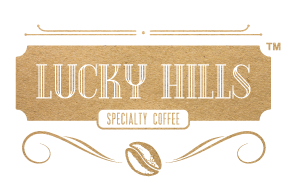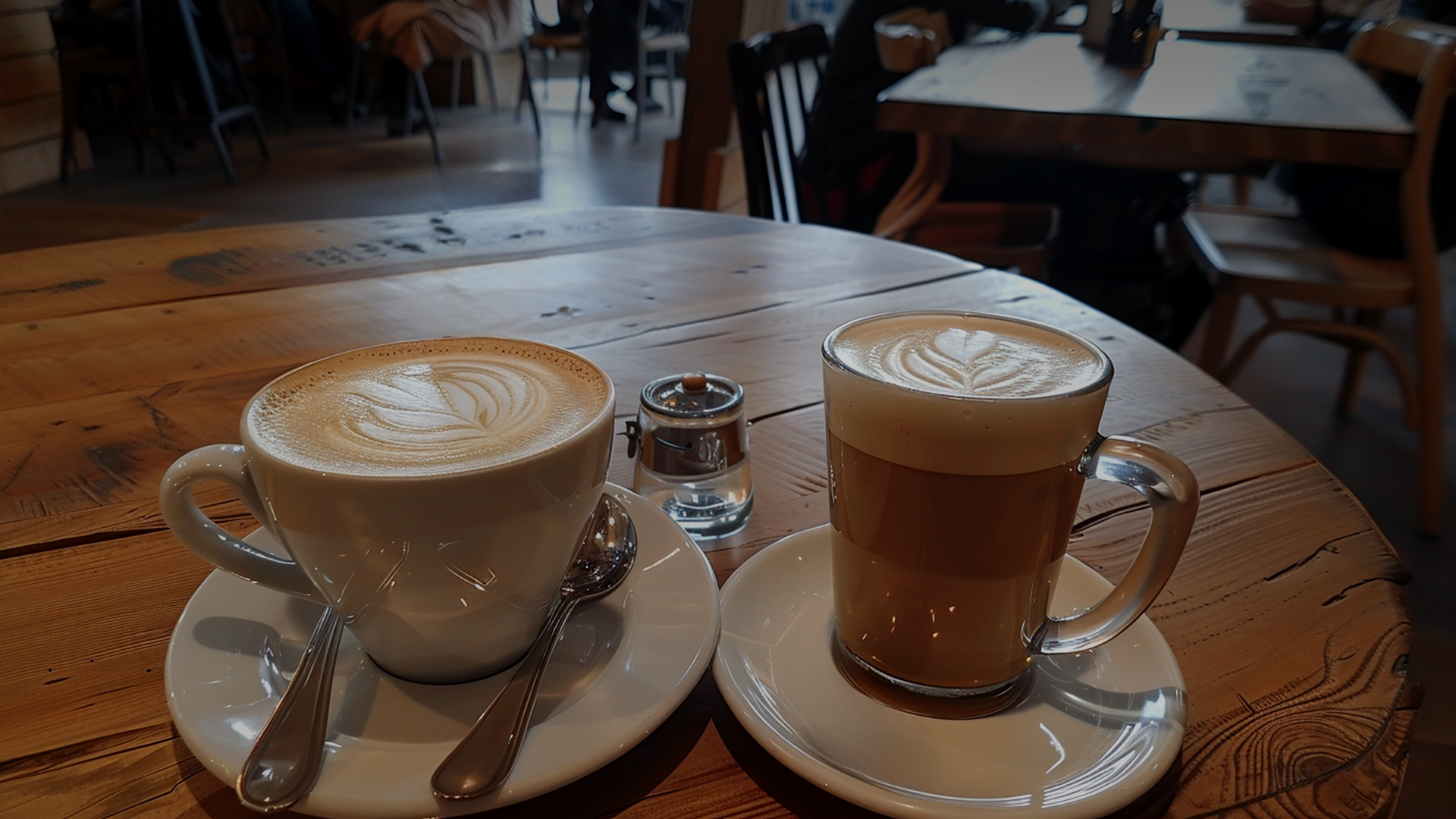For coffee lovers, cappuccino and latte are two irresistible options that often compete for consumers’ preference. Both are popular in coffee shops around the world, offering a unique and delicious experience for coffee enthusiasts. However, despite sharing some basic ingredients, such as espresso and steamed milk, there are differences that make them unique in taste and texture. Let’s take a closer look at these differences and understand what makes each one special.
Cappuccino: A Classic Italian Experience
Originating from Italy, cappuccino is one of the world’s most iconic coffee beverages. The traditional cappuccino recipe suggests an equal division between its three components, resulting in a drink with a rich texture and a dense layer of foam on top.
With the intense flavor of espresso balanced by the smoothness of steamed milk and the creaminess of milk foam, it is a popular choice for those who prefer a more robust coffee with an extra boost of energy to start the day.
However, it’s important to note that the quality of the ingredients is crucial in making an exceptional cappuccino. Using high-quality espresso to enhance the flavors and ensure a truly memorable experience is key. Therefore, opting for specialty coffee, carefully selected like Lucky Hills, elevates the cappuccino’s flavor to a higher level, offering unique nuances and aromas that won’t go unnoticed by coffee connoisseurs.
Latte: A Delicate Harmony Between Coffee and Milk
While cappuccinos are known for their intensity and creaminess, lattes stand out for their smoothness and balance. The origin of the latte is somewhat uncertain, as people have been mixing coffee and milk for a long time. However, there are stories that the drink originated in Europe, especially popular in Italy and France; others believe the version we know today originated in the United States.
In terms of preparation, the proportion of milk is higher compared to cappuccino, resulting in a lighter and smoother drink.
The flavor of a latte is characterized by the harmony between espresso and steamed milk. The silky texture of the milk softens the coffee’s flavor, creating a comforting experience for the palate. It’s a popular choice among those who appreciate a smoother, creamier coffee without compromising the coffee’s intensity.
As with cappuccino, the quality of the coffee used in a latte is essential for creating a good drink. Therefore, choosing specialty coffee ensures a more refined experience, with more complex flavors and more distinctive aromas.
Read also:
7 iced coffee recipes to delight your customers
Quick Tips for Preparing Cappuccinos and Lattes for Your Customers
Here are some basic tips to ensure delicious cappuccinos and lattes on your menu:
- Specialty Coffee Beans: Start with high-quality coffee beans. Freshly roasted beans, like Lucky Hills’ Brazilian coffee, will provide the best flavor.
- Grinding: Grind your coffee beans to a fine consistency. For espresso-based drinks like cappuccinos and lattes, a fine grind is ideal.
- Proper Espresso Extraction: Ensure that your espresso machine is properly calibrated for the correct pressure and temperature. Follow the manufacturer’s guidelines for extraction time and volume.
- Steamer Technique: Position the steam wand just below the surface of the milk and tilt it to create a whirlpool effect, which helps achieve a creamy texture.
- Milk Temperature: For cappuccinos, steam the milk to about 65°C (150°F), while for lattes, aim for a slightly higher temperature, around 71-77°C (160-170°F).
- Milk Foam: Cappuccinos require thicker, velvety foam, achieved by aerating the milk less. For lattes, a smoother microfoam is ideal, achieved by aerating the milk more.
- Pouring Technique: Master the pouring art by starting with the espresso and then adding the steamed milk, followed by a spoonful of foam for cappuccino, or more steamed milk and a thin layer of foam for latte.
- Practice and Patience: Achieving the perfect cappuccino or latte requires practice and patience. Experiment with different techniques and adjust according to your customers’ preferences.
Following these tips, you can prepare delicious cappuccinos and lattes that will keep your customers coming back!
Nonetheless, cappuccino and latte are two delicious and versatile beverages to which you can even add other ingredients, such as chocolate, caramel, and spices, to give them that special touch.
Lucky Hills Coffee: Ideal for Perfect Cappuccinos and Lattes
Discover the exceptional coffee from Lucky Hills, a brand that stands out for its unmatched quality and the unique sensory experience it offers to its customers.
Grown in South Minas Gerais, Brazil, our beans are imported directly, promoting authenticity and richness of flavor in every cup.
The roasting process is carried out locally in Florida to maintain the beans’ freshness and aroma, delivering coffee with distinctive characteristics and an exceptionally rich flavor profile that stands out in perfect cappuccinos and lattes.
Contact us to learn more about our variety of coffees and let yourself be taken on a journey of discovery in the world of high-quality coffee.



